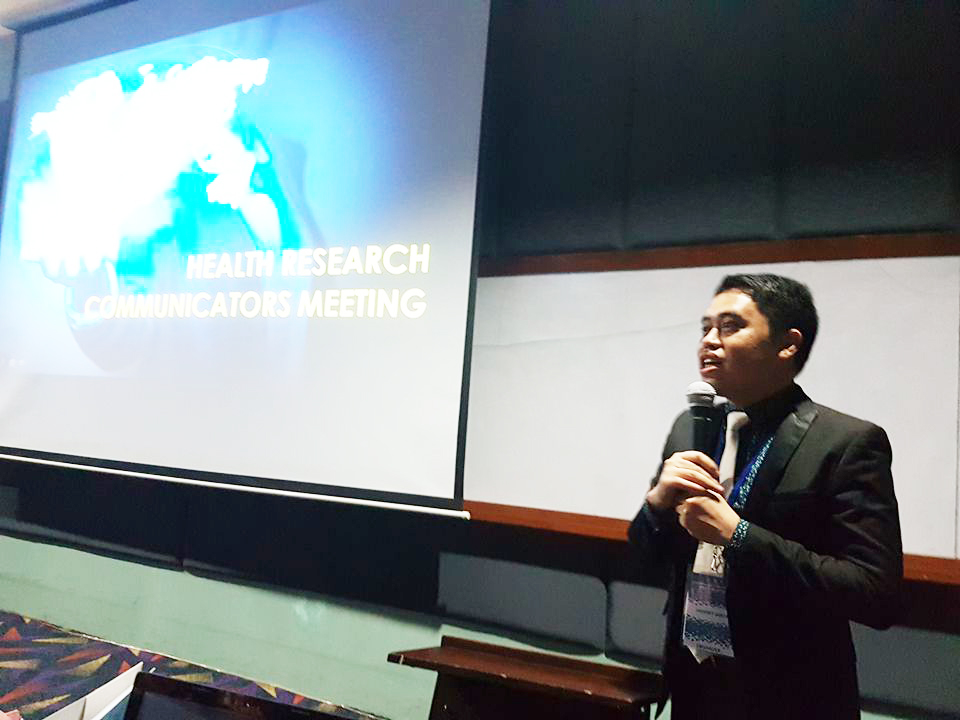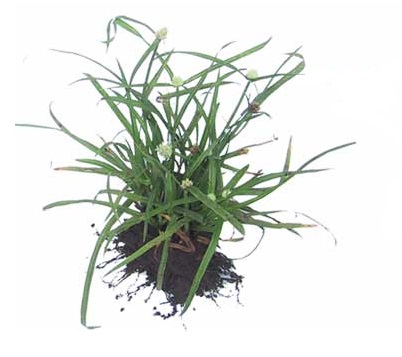Medical researchers can now look forward to getting recognized for their work with the launch of the Geminiano T. de Ocampo Visionary Awards for Medical Research. Launched by the National Academy of Science and Technology (NAST) last November 8, 2012 at the Hyatt Hotel Grand Casino, the award seeks to recognize clinician researchers who have created the vision for medical research in the country through their outstanding work in medical research. It also aims to recognize those who have pioneered the trail for medical innovations and health research development.
The award is given in honor of the national scientist in the field of Opthalmology and the father of modern Philippine ophthalmology Dr. Geminiano de Ocampo, who himself was a visionary man who realized the future of medicine in the country through his groundbreaking and pioneering efforts in clinical practice and in research.
Candidates can be nominated by individuals, scientific and technological societies, professional societies or association, research institutes, universities and colleges.
Qualifications include:
1. Natural born citizens of the Philippines
2. Graduate of Medicine in an accredited and duly recognized school or college of medicine
3. Remarkable track record as a clinician practicing in the Philippines
4. Proven track record and accomplishment in medical research
5. No proven administrative case or case of moral turpitude
Nominations will be screened by the NAST secretariat and will be evaluated by a board of judges. The selected awardee will receive a gold medal, a plaque and a Php 100,000 cash prize.
In 1952, Dr. de Ocampo established the de Ocampo hospital, the first eye hospital in the Philippines. He was also the first Filipino to design a corneal dissector in 1956, and was the first Filipino to perform the first successful corneal transplant.
The award is made possible with the endowment of the de Ocampo family and will be administered by the NAST Health Sciences Division. It will be given biennially and will take place during the birth anniversary of Dr. de Ocampo, on September 16th of the year.
Nomination forms are available for download at the NAST website: www. nast.ph, or from the NAST secretariat, at the 3rd level, Science Heritage Building, DOST Compound, Bicutan, Taguig City.
From http://region7.healthresearch.ph/index.php?option=com_content&view=article&id=43:recognition-of-trailblazing-efforts-in-medical-research-and-clinical-innovation&catid=1:latest-news&Itemid=6
Date 24 April 2013 14:40
TALAMBAN, CEBU CITY- As part of the 2016 Central Visayas Health Research and Innovation Conference, communicators including writers, journalists, communication professors, videographers, and bloggers from Cebu met for the first time in a meeting of health research communicators last Thursday at University of San Carlos Talamban Campus.

The meeting aims to gather communicators from the region to form SHARE, an initiative of the Philippine National Health Research System (PNHRS) to reach more stakeholders.
SHARE is a community of health research communicators who believes in the power of communication to share health research stories, advocacies, local and national initiatives. The community will support PNHRS and the Philippine Council for Health Research and Development (PCHRD) in communicating and translating research to benefit health research stakeholders.
During the meeting, Dr. Laurence Garcia, Central Visayas Consortium for Health Research and Development (CVCHRD) on Research Information and Utilization Chair, also presented the plan of the region in establishing their network of health research communicators.
Among their planned initiatives are the use of broadcast media and quad media to enable interactive information-sharing, Youtube to communicate challenging health researches, and capacity-building workshops to capacitate members.
“The community of health research communicators [SHARE] will help improve the dissemination of health research results in the country,” Dr. Garcia emphasized.
For communicators who are interested to join SHARE, you may contact Ms. Ladylove Baurile at This email address is being protected from spambots. You need JavaScript enabled to view it. or 837-0031. You can also visit www.healthresearch.ph for more information. ■
 Herbal plant known locally as busikad (Kyllinga brevifolia) may ease anxiety according to a study done by Pharmacy students at the San Pedro College in Davao City.
Herbal plant known locally as busikad (Kyllinga brevifolia) may ease anxiety according to a study done by Pharmacy students at the San Pedro College in Davao City.

